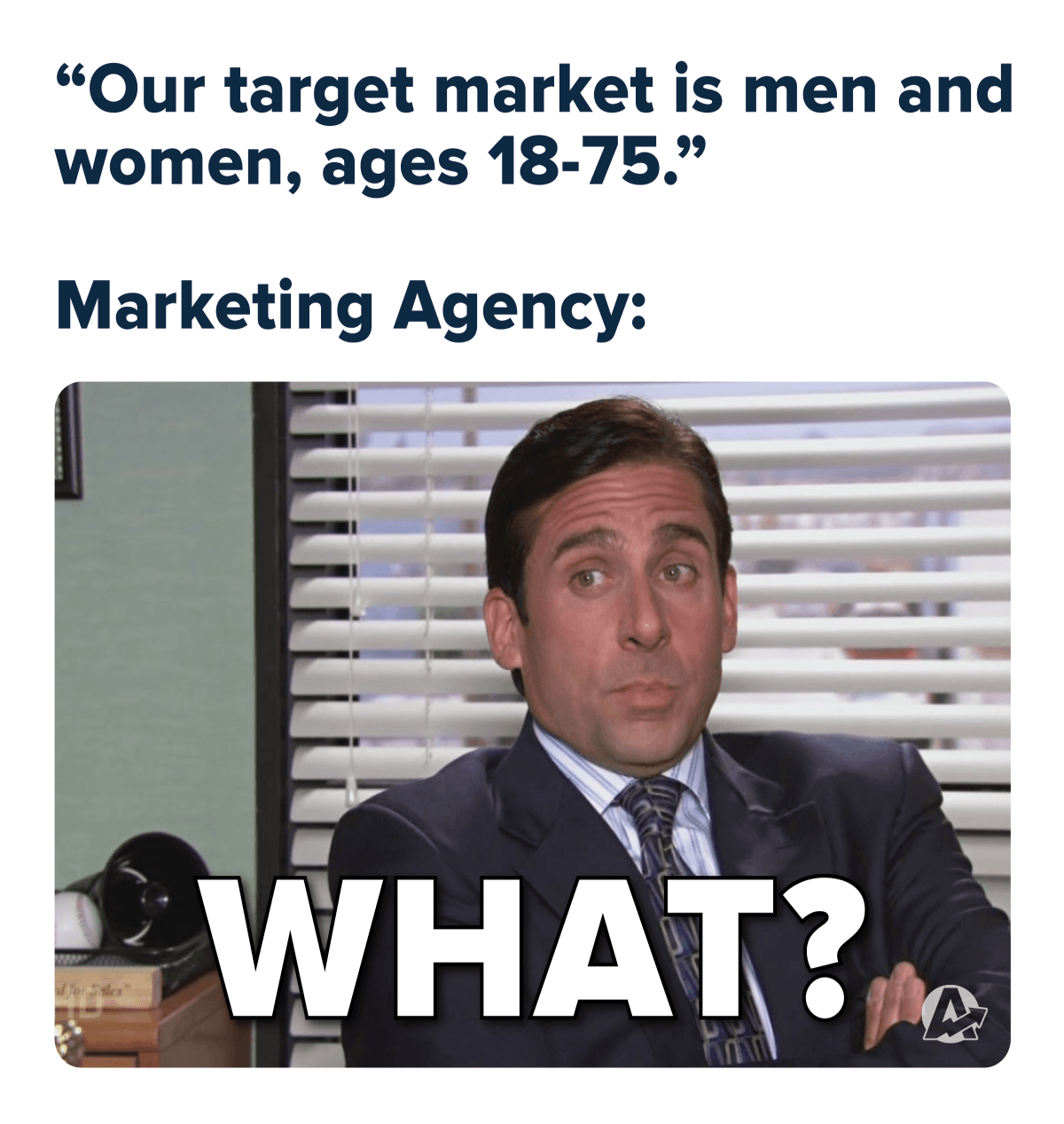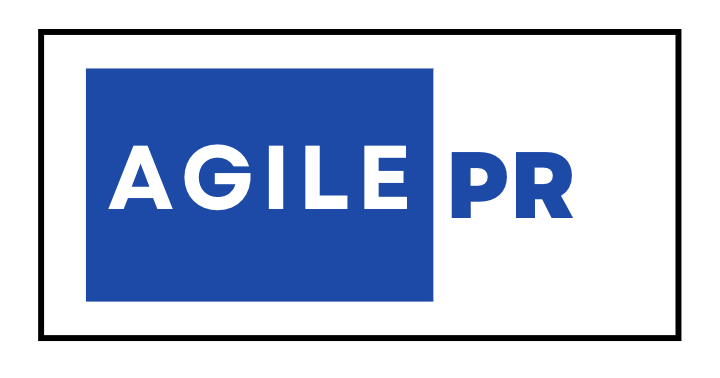Ever wonder why mega-corporations drop more money on ads than most of us will see in our lifetime?
I mean, Samsung spent $2.41 billion on U.S. advertising in just one year. That’s billion with a B. And Procter & Gamble? They dropped a casual $5.1 billion in 2022.
But why? Are these companies just showing off their fat wallets, or is there actually method to this madness?
Let’s break down why the big players are willing to spend stupid amounts of money to get their logos in front of your eyeballs (and why it’s probably worth every penny).

Why Companies Dump Millions Into Advertising (And Why It Actually Works)
The truth is, advertising isn’t an expense – it’s an investment. And like any good investment, these companies expect returns. Big ones.
1. Building a Brand That Lives Rent-Free in Your Head

Ever catch yourself humming a jingle you haven’t heard in years? Or automatically thinking “Just Do It” when someone mentions Nike?
That’s not an accident. That’s brand awareness – and it costs serious cash to build.
Samsung’s wildly successful “#DoWhatYouCant” campaign for their Galaxy S8 wasn’t just about showing off a pretty phone – it was about creating an emotional connection that sticks with you long after you’ve scrolled past the ad.
The goal? When you’re ready to buy a new phone, Samsung is already sitting at the top of your mental list. And that premium positioning lets them charge premium prices.
2. Show Me the Money: Driving Sales and Finding New Customers
Let’s be real – companies don’t spend millions on advertising just to make pretty commercials. They want your money.
The beauty of modern advertising is how measurable it’s become. Most marketers are shooting for a 5:1 return on investment – meaning they want $5 back for every $1 they spend on ads.
Even Google Ads, which isn’t even the highest-performing channel, delivers an average ROI of 2:1. Double your money? Not a bad deal.
Digital platforms have revolutionized how precisely companies can target their ideal customers. Instead of broadcasting to everyone and hoping the right people see it, they can zero in on exactly who’s most likely to buy.
3. The Multi-Channel Attack: Being Everywhere All At Once

Smart companies know that different people consume media differently. Some folks are glued to TikTok, others still watch cable TV, and some are all about podcasts.
That’s why the big players use a multi-channel approach:
- TV advertising still gets massive budgets because it reaches broad audiences (pharmaceutical companies and consumer brands love it)
- Short-form videos drive the highest ROI for 71% of video marketers
- User-generated content influences 90% of shoppers’ decisions
- Email marketing can deliver up to 4200% ROI (not a typo!)
By spreading their message across multiple platforms, companies ensure you can’t escape their brand no matter where you turn. Creepy? Maybe. Effective? Absolutely.
4. Staying Ahead in a World That Won’t Sit Still
Markets change. Consumer preferences shift. New technologies emerge.
Companies that don’t adapt get left behind (pour one out for Blockbuster).
Today’s advertising landscape includes AI-driven personalization, social commerce, and hybrid strategies combining content, customer care, and commerce. The companies pouring millions into advertising are often the ones experimenting with these cutting-edge approaches.
They’re not just advertising to sell today’s products – they’re building systems to sell tomorrow’s products in ways we haven’t even imagined yet.
5. Making a Splash with New Products
Launching a new product? You better have deep pockets.
Getting consumers to try something new requires massive awareness campaigns across multiple channels. When Samsung launched the Galaxy S8 globally, they didn’t just run a few Facebook ads – they orchestrated a worldwide multimedia blitz.
New products or new markets demand aggressive advertising to educate potential customers and create buzz. Without that initial push, even great products can flop.
How They Know It’s Working: Measuring the Impact

The days of “half my advertising budget is wasted, I just don’t know which half” are over.
Today’s marketing teams obsessively track performance. They know exactly which channels deliver the best returns:
- Email marketing: up to 4200% ROI
- Content marketing: boosts engagement by 72%
- Google Ads: $2 back for every $1 spent
- Social media: will account for 17% of online sales by 2025
- Influencer marketing: drives monthly purchases for nearly half of consumers
When you can prove that your advertising directly leads to sales, it’s a lot easier to justify those million-dollar budgets to the CEO.
So What Does This Mean For You?

Next time you see a flashy Super Bowl commercial or get targeted by an Instagram ad that seems to read your mind, remember:
That ad didn’t happen by accident. It’s part of a carefully calculated strategy backed by millions of dollars and mountains of data.
Companies spend these astronomical amounts because advertising works. It builds brands, drives sales, and creates long-term competitive advantages.
And in today’s attention economy, where we’re all constantly bombarded with content, the cost of getting noticed isn’t cheap – but the cost of being forgotten is even higher.
So the next time you buy something because “you saw it in an ad,” just know you’re validating those massive marketing budgets one purchase at a time.




